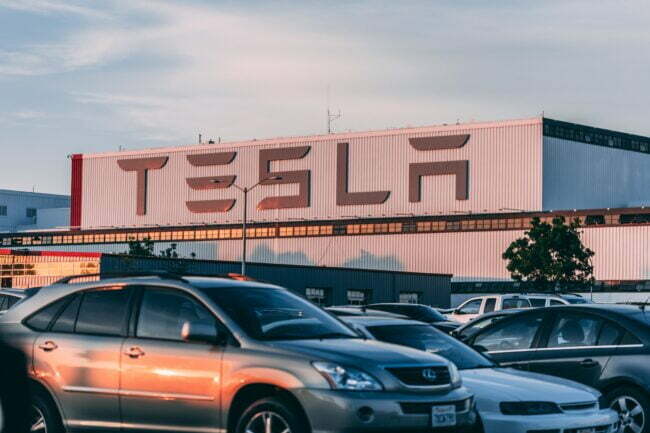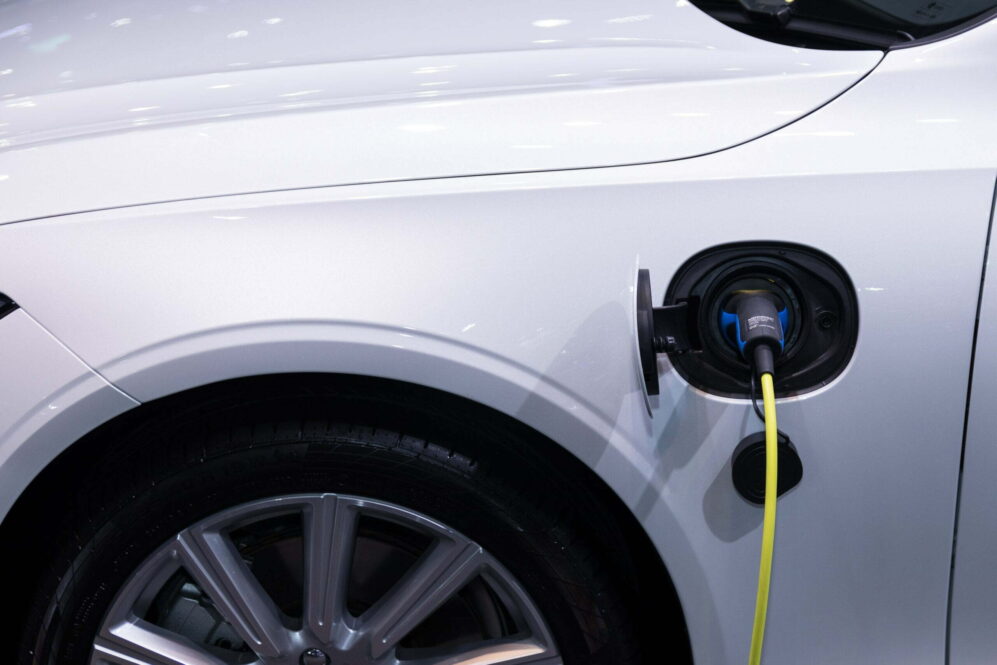The world's first car was made in the year 1886 in Germany after that traveling time is shortened and the work done is hasted. Companies from differ
The world’s first car was made in the year 1886 in Germany after that traveling time is shortened and the work done is hasted. Companies from different parts of the globe provide different varieties of vehicles in the market. Initially, vehicles are not much efficient as compared to the vehicles of this age.
Gasoline-driven carts are too much famous because of the presence of the bulk amount of gasoline but pollution across the globe raised abruptly. To lessen the pollution and decrement of the level of gasoline wells worldwide research and development in the field of automobiles have done and Ev,s know as electrical vehicles entered into the market of automobiles and now round about 5 million electrical driven vehicles are there on the roads and amount increased day by day.
After the success of EVs,s Hydrogen driven vehicles are entered the market. In a Hydrogen car or fuel cell vehicle, fuel is hydrogen gas. And in these vehicles, chemical energy is converted into electrical energy. The advanced form of electrical vehicle is hydrogen vehicles or fuel cell hydrogen vehicles.

What is a Hydrogen Fuel Cell Vehicle?
In a Hydrogen Fuel cell car, the driving fuel is hydrogen gas and chemical energy is converted into electrical energy to drive the electric motor. This fuel cell car is an advanced form of electrical car two more components are added the first one is fuel cell which is a converter where Electrical Power is produced and a storage tank for hydrogen fuel. Approximately all other parts of fuel cell cars are the same just like electric cars.
It is a fully green technology that means negligible carbon dioxide gas emissions. Just like battery fuel cells have an anode, cathode, and electrolyte. Fuel cell cars components include an Auxiliary battery before traction the purpose of this battery is to power up vehicle accessories.
A battery pack during regenerative braking electrical power is stored in the battery pack and also the energy from the fuel cell is stored in it. DC/DC converter is used to convert high voltage into lower voltage to charge auxiliary battery and power up vehicle accessories. Traction Motor Power from fuel cell which is the replacement of ignition engine and also power from battery pack drive motor in fuel cell car.
Fuel cell stacks along with fuel filters and fuel tanks are the major portion where hydrogen is produced filtered and converted into electrical output. FCEV(Fuel cell electric vehicle) controller it manages the power delivered by a fuel cell and battery the controlling of the torque and speed of the motor is done by the power electronics controller. A thermal cooling system is used to maintain the temperature of various components in the vehicle like fuel cell, electric traction motor, etc.
What happened to Hydrogen Cars.
Efficiency is the biggest factor for the defamation of hydrogen cars because power loss in conversion and in fuel cell cars conversion processes are more as compared to electrical vehicles and efficiency of fuel cell vehicles is half of the electric vehicle that’s why the popularity of Ev,s are increased day by day. The availability of stations of hydrogen fuel is also a factor that affects hydrogen cars’ popularity in the market.
Price is also a factor that affects these vehicles’ growth worldwide because, with the addition of fuel cells, hydrogen storage tank, and power electronic converters prices raised as compared to electric vehicles. Great automobiles giants also contributed a lot to the manufacturing of hydrogen fuel cell vehicles but they failed badly. Just Like Toyota Mirai, Honda Clarity, Hyundai Nexo, BMW hydrogen 7 cars are still in the market but their popularity is less as compared to electrical vehicles like Tesla, etc.
What is a Fuel Cell Vehicle?
Fuel cell exhaust is water which is feasible for the environment likewise Electric vehicle exhaust is nothing and so both of these vehicles technology is environment friendly and gasoline is the biggest source of carbon dioxide which causes fatal diseases so governments worldwide also recommend hydrogen and electric vehicles and also provide benefits to the manufacturers of green vehicles.
Fuel Cell vehicles are comprised of fuel cells they are just like batteries but they do not require recharging. They produced electrical power. It comprises anode taken as negative and cathode taken as positive along with electrolyte. The anode is fed by hydrogen fuel and the cathode is fed by atmospheric air.
Catalyst at the anode separates hydrogen molecule into electrons and protons and then electrons movement towards external circuit so the flow of electrons makes electricity, Migration of proton towards cathode and union with oxygen and free electrons produces heat and water. Fuel cell cars include Toyota Mirai, Hyundai Nexo, etc. A fuel cell is a major component in these eco-friendly cars and it is also well known that rockets also used fuel cells.
Actually, hydrogen is high in energy, and those engines that burn pure hydrogen produces no pollution in the environment. NASA has used hydrogen in liquid form since 1970 to propel space shuttles and other rockets into orbit. Hydrogen fuel cells power up the space shuttle’s electrical system and water which is produced in the fuel cell is utilized as crew drink. This whole feature of fuel cells’ popularity and effectiveness in the space industry gave birth to hydrogen fuel cell cars.
